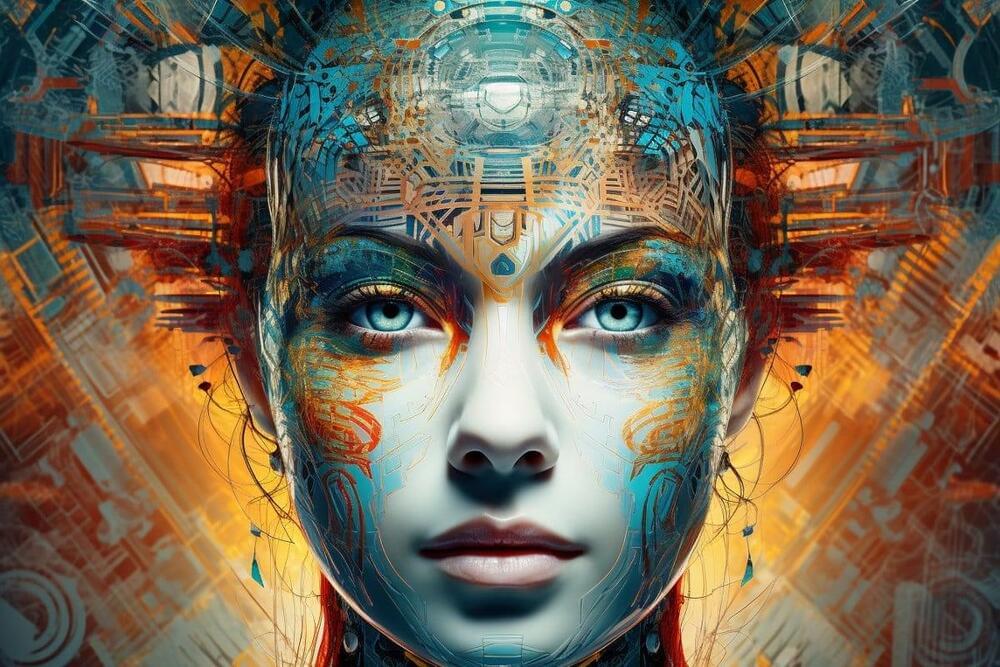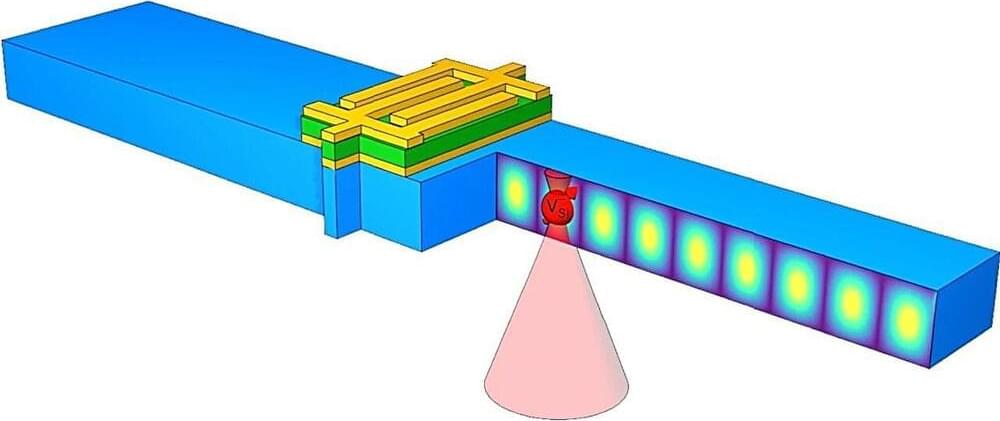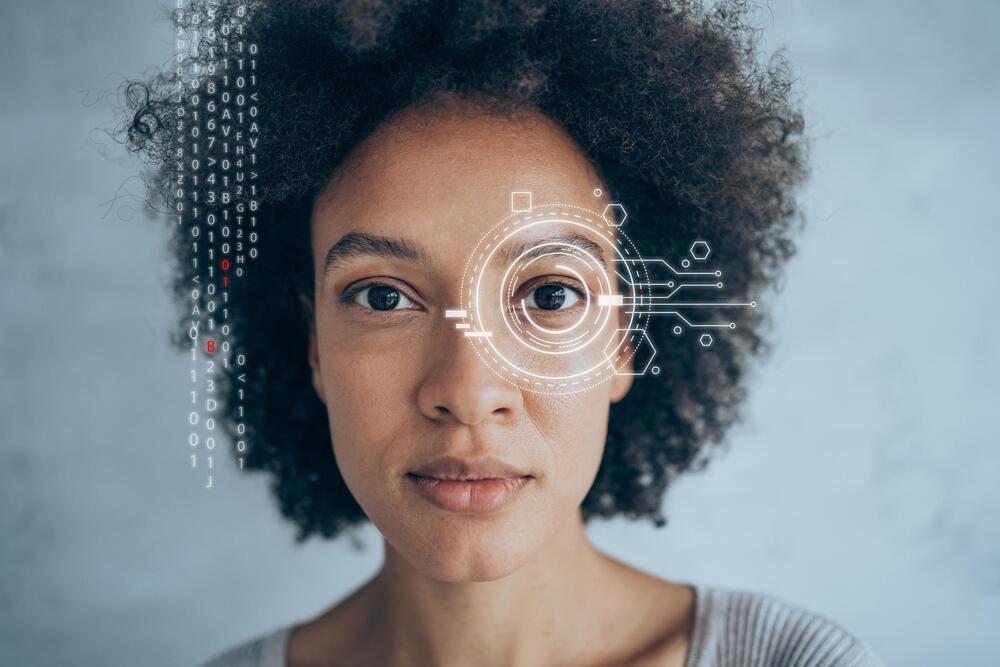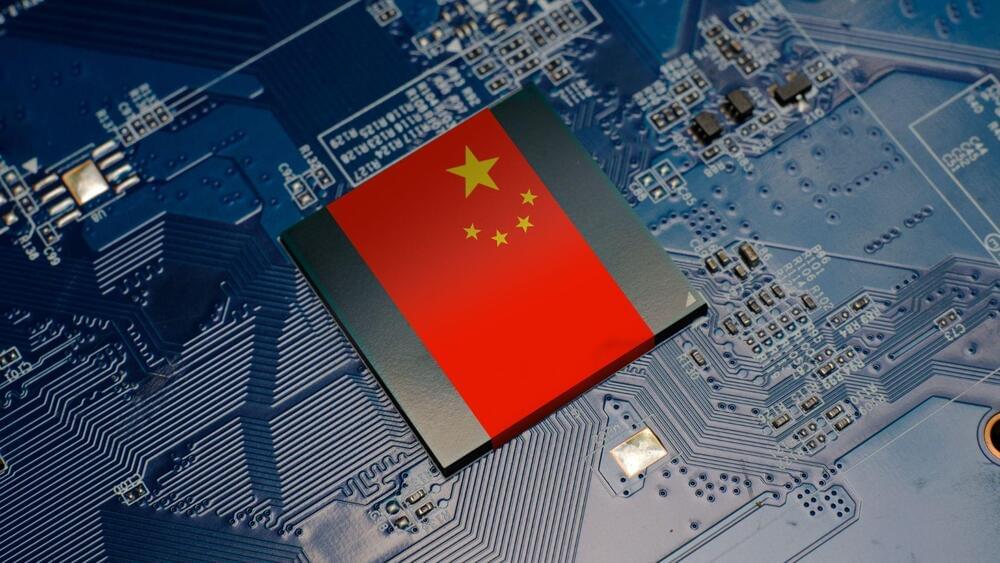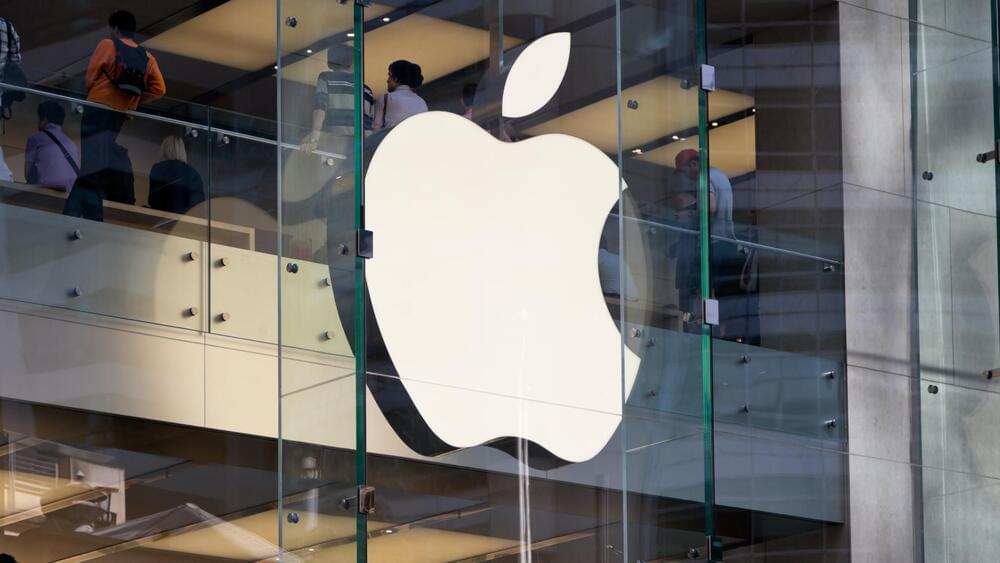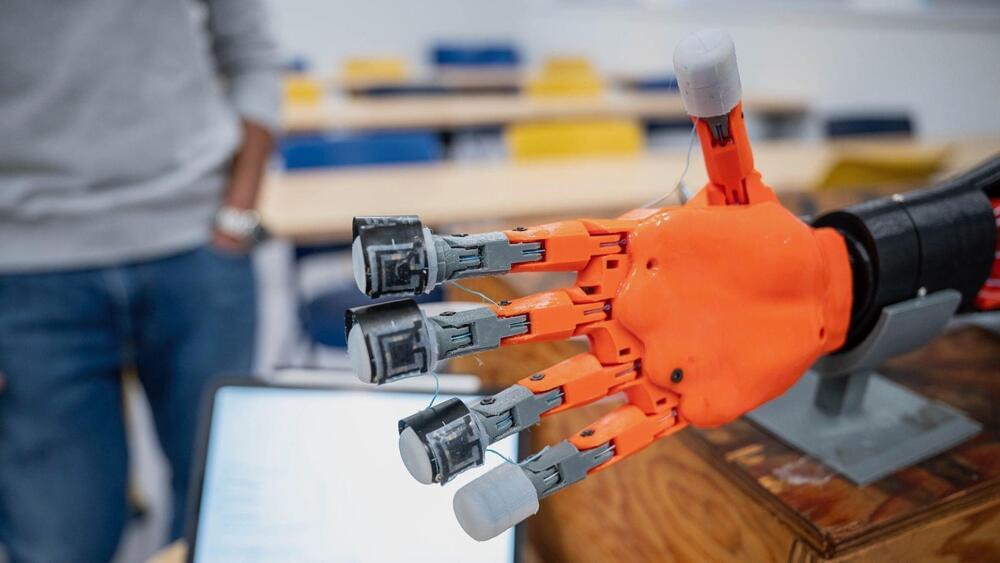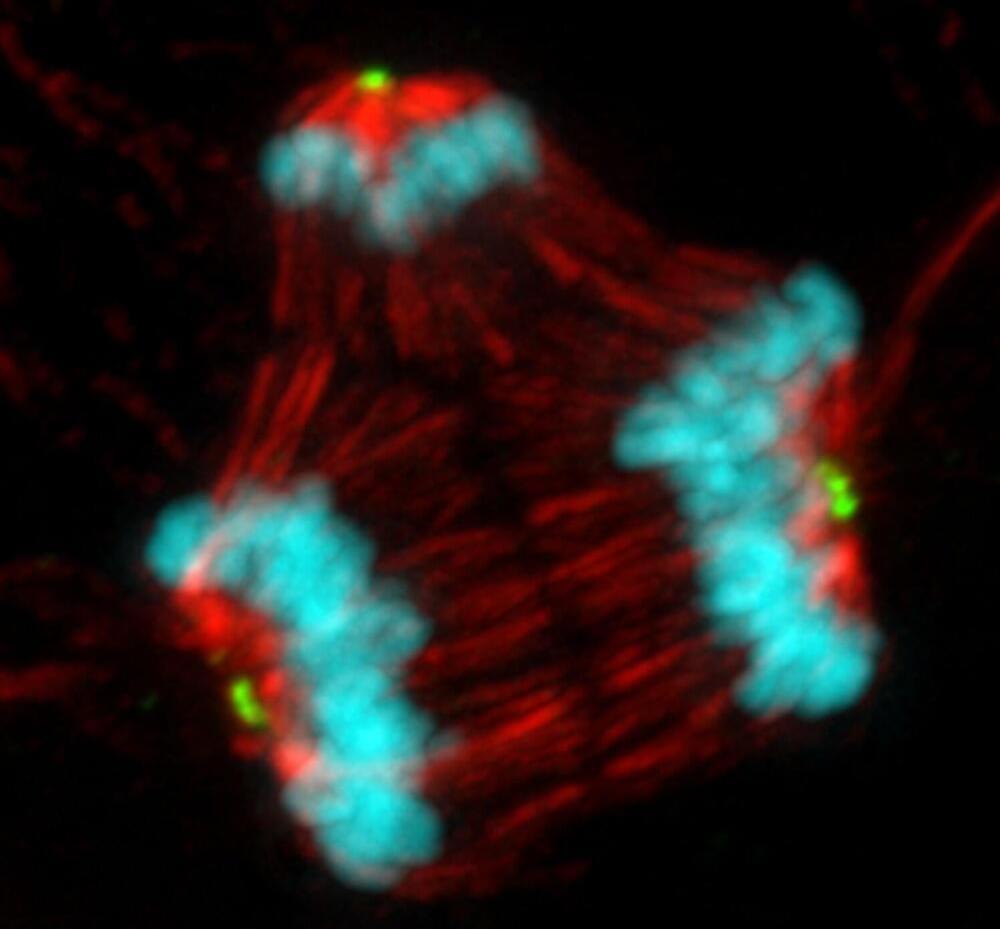Still, experts caution that Chinese firms remain years behind in producing the lithography systems needed to make real progress.
China’s top memory chip maker, Yangtze Memory Technologies Corp (YMTC), has achieved a “surprise” breakthrough in producing the “world’s most advanced” 3D NAND memory chip, which is used in consumer devices like laptops and smartphones, a report by TechInsights.
Breaking the US sanctions barrier
The report (via SCMP), published on Wednesday, said that YMTC’s memory chip was found in a solid-state drive (ZhiTai Ti600 1TB) launched in July without much fanfare. The chip shows that YMTC has not given up on developing cutting-edge technology despite facing US sanctions that have restricted its access to essential equipment and components.
The report also said that YMTC’s breakthrough followed another “innovation” by China’s semiconductor industry, which was revealed by TechInsights earlier. The firm analyzed the Kirin 9000S 5G processor in Huawei’s Mate 60 Pro smartphone, which was released in August. The processor was said to be made by China’s largest chip maker, SMIC, also under US sanctions. The processor impressed many analysts with its performance and features.
